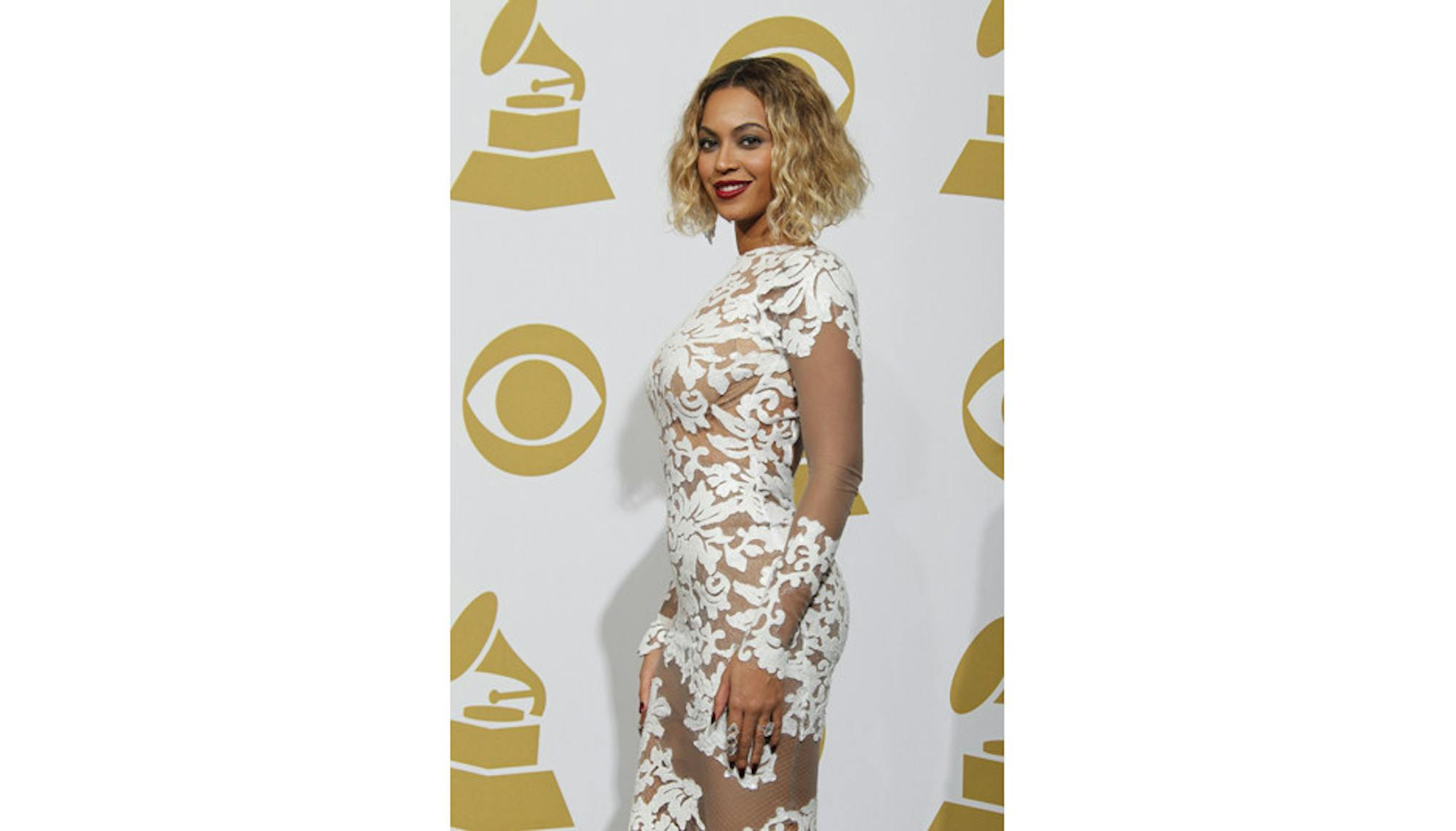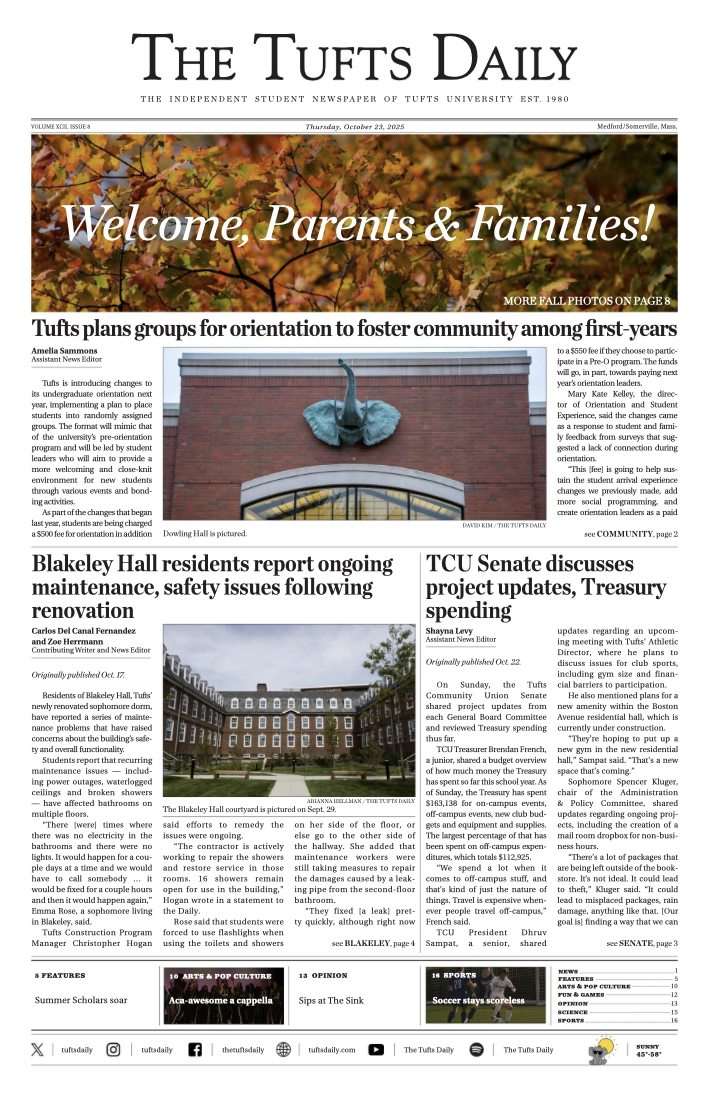“Ashes to ashes, dust to sidechicks.” Queen Bey is back, everybody. And we aren’t ready for what she’s brought us.
Going into Saturday night, very little was known about “Lemonade," Beyoncé’s hour-long HBO event that had been announced just a week earlier. The special’s mysterious trailer featured the pop icon whispering questions in her distinctive rasp over quick shots of red-tinted rooms, burning rooms and dancers painted with Laolu Senbanjo–inspired Afromysterics face markings, like some experimental fever dream. Everyone was full of questions and predictions. Is it going to be an autobiographical documentary like her 2013 HBO special “Life Is But A Dream?” Or will she just release a lengthy concept video? There were whispers of “visual album,” but the thought was almost too much to bear. Could she really do it again?
If you had your money on “musical-visual epic on the nature of infidelity and forgiveness followed by the release of her sixth album” and are still breathing to tell everyone “I told you so” — congratulations. Not only did you not let the patron saint of the world-stopping digital drop fool you twice, but you also apparently survived the yaas-queen Tidalwave of emotions for fans (and the internet) that followed the release. Now, take a step back: what did you just watch?
As a visual and musical experience, “Lemonade” is divided into 11 sections, each introduced by a title reminiscent of the stages of grief — intuition, denial, anger, apathy, emptiness, accountability, reformation, forgiveness, resurrection, hope, redemption — and separated by spoken word interludes, in which Beyoncé recites adaptations of the works of the Somali-British poet Warsan Shire. Each section has its own visual theme and features an accompanying track off the album. The pre-released “Formation,” the only video that does not fall under a titled section, comes after the short film’s credits, much like “Grown Woman” did in her self-titled 2013 release.
Despite this structure and the immensely collaborative nature of the production (which featured the work of six directors led by Kahlil Joseph, not including the artist herself), “Lemonade” is more cinematic and cohesive than the visual album that accompanied “Beyoncé" (2013). It’s unabashedly experimental, jumping between aspect ratios and cinematographic styles as it does from black-and-white to color and back again.At times, it recalls the work of midcentury French auteurs like Jean-Luc Godard, at others the striking and spare contemporary films of Steve McQueen.
Visual themes of fire as destruction, water as rebirth and the overgrown Louisiana landscape as a place of both inescapable history and constant change unite the sections, in addition to incredibly rich visual explorations of black female power and vulnerability. Throughout the film, black women of every age are front and center, often wearing white dresses and dominating southern gothic spaces — a motif that was introduced in “Formation” upon its release in February.
In the section titled “Denial” featuring the bouncy Caribbean-inspired track “Hold Up,” Beyoncé emerges from a flood wearing a ruffled mustard yellow gown and begins gallivanting around the city streets, wielding a baseball bat with which she takes out her frustrations on street signs and parked cars. The image is instantly iconic and brings together the film’s celebration of the power of individual black women with the central current of anger and self-doubt over infidelity.
Although the album demonstrates a personal process towards ultimate forgiveness and love, both for her partner and for herself, Beyoncé devotes much time on the album to these dark, painful feelings, leaving many speculating over cheating accusations (and divorce rumors) directed at her husband and Tidal business partner, Jay Z. The lyric “He better call Becky with the good hair” from “Sorry” in particular has led to an online witch-hunt for designer Rachel Roy, who was rumored to have had an affair with Jay Z in the past. In a wild misunderstanding, poor celebrity chef Rachel Ray was forced to delete her Instagram account after receiving misdirected hate from some confused and aggressive Beyoncé defenders.
Regardless of the celebrity reasons (including a major Serena Williams cameo) behind its massive and immediate cultural impact, “Lemonade” holds real weight as an experimental epic, a tour-de-force of style and substance. It also features appearances from the mothers of Trayvon Martin and Michael Brown holding portraits of their late sons, tying into the “Formation” support of the Black Lives Matter movement and bringing another degree of social and political weight to the already revolutionary exploration of black womanhood.
The significance of the visual album’s title is elucidated before its final section in a clip from the 90th birthday celebration of Jay Z’s grandmother, Hattie White. “I had my ups and downs, but I always find the inner strength to pull myself up,” she says. “I was served lemons, but I made lemonade.” That process of turning lemons into something sweet is on full display throughout the album; it’s arduous, but Beyoncé doesn't stop at anything to make it happen.
The “Lemonade” visual album is currently available on iTunes, Amazon and Tidal. See the Daily’s full “Lemonade” album review in the 2016 commencement issue.
Beyoncé turns lemons into visual epic 'Lemonade'

Beyonce poses backstage during the 56th Annual Grammy Awards at Staples Center in Los Angeles on Sunday, Jan. 26, 2014.





